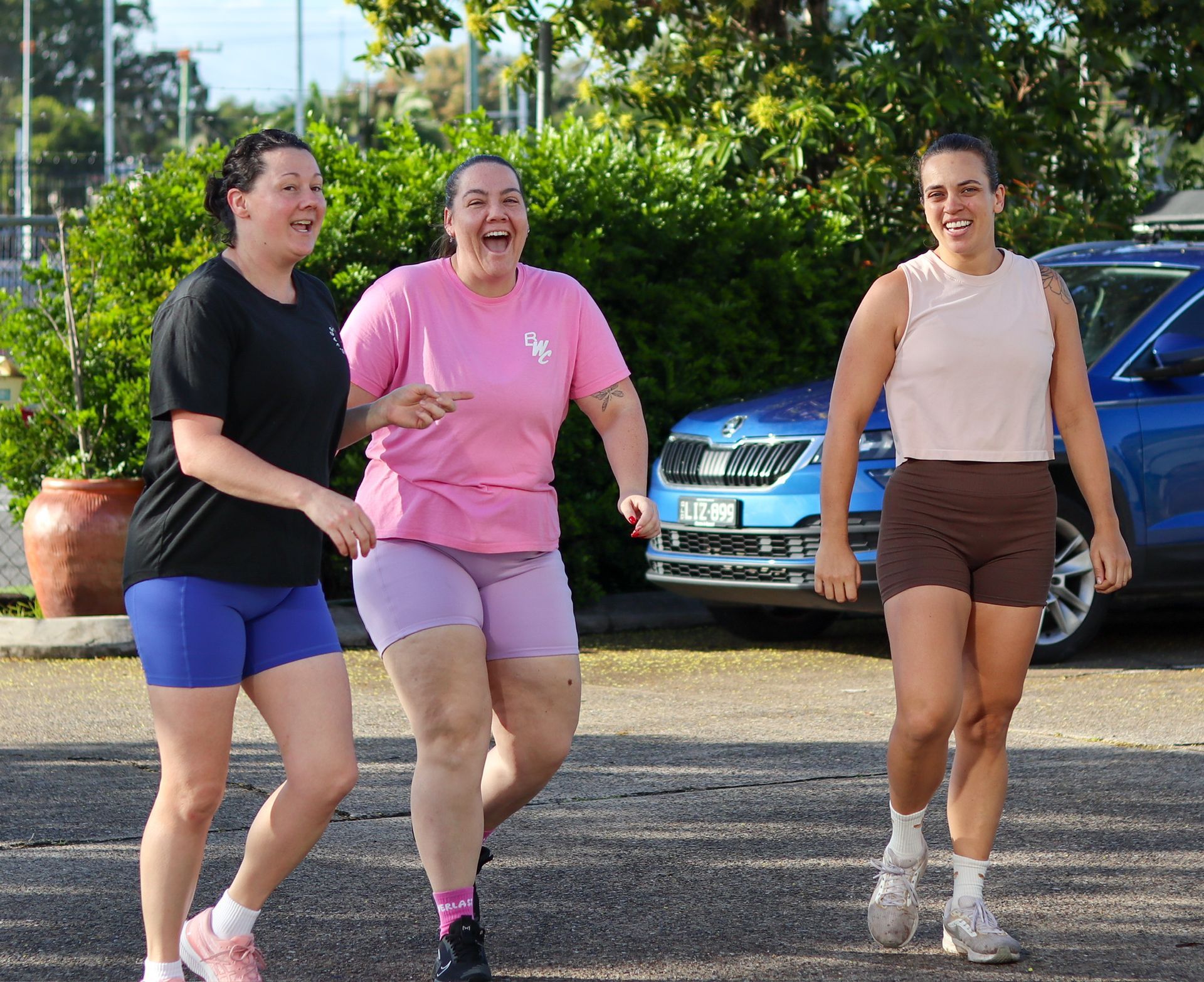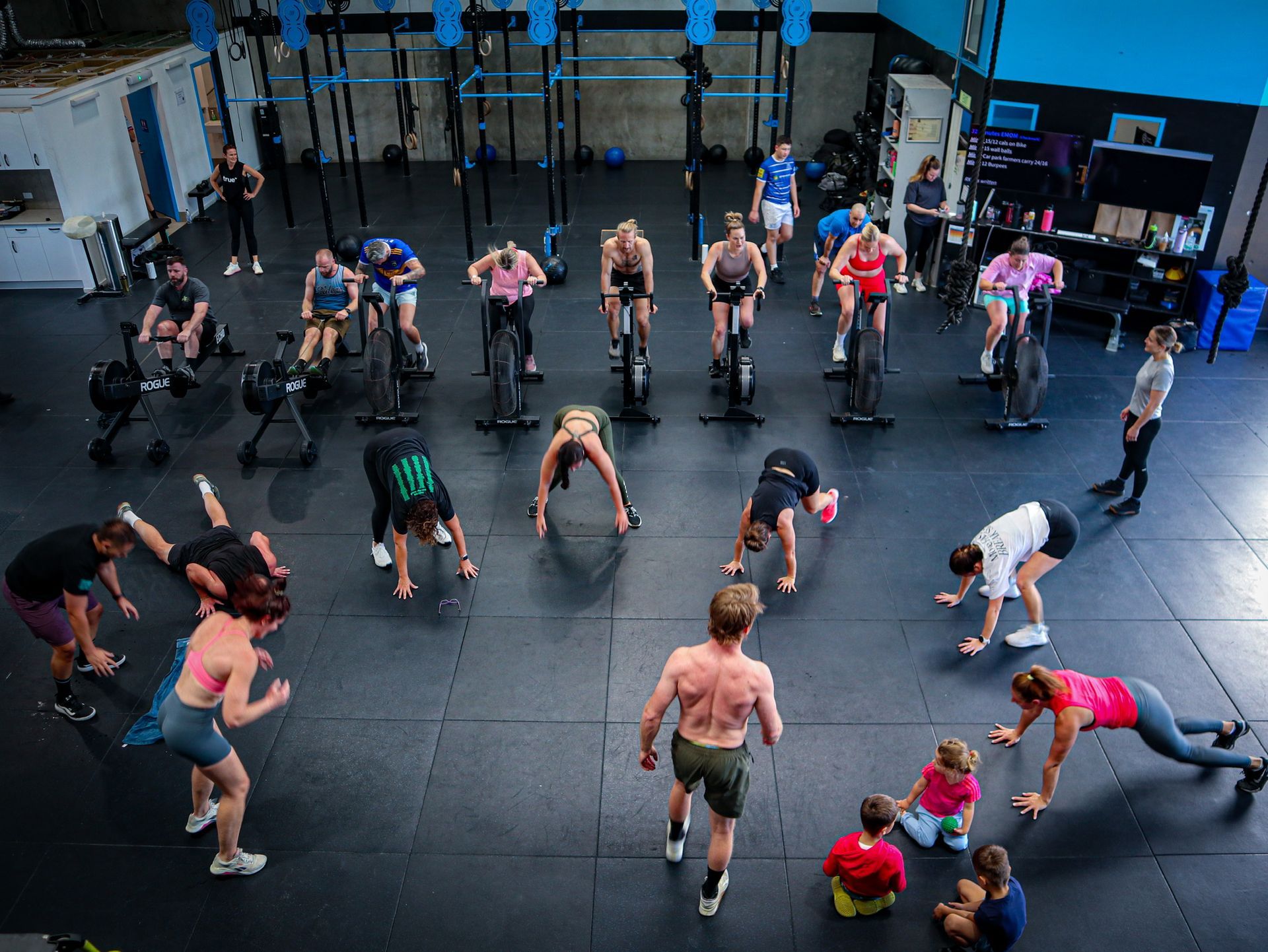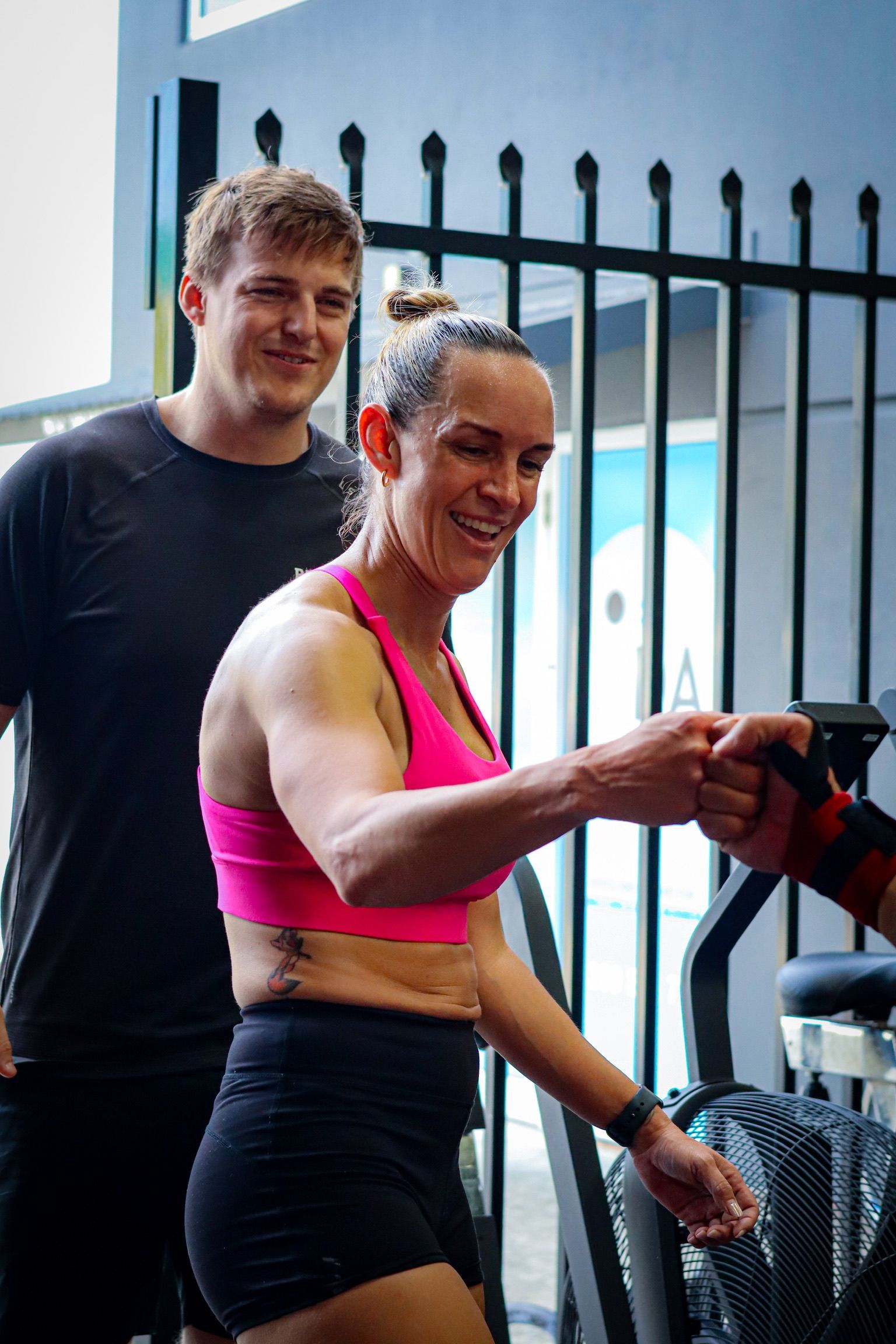Marcus Smith: The Brink Of Death To 30 Marathons in 30 Days
“Everyone’s got a mountain; everyone’s Everest is different. If you have no desire to run a marathon, that’s fine. What is going to be your marathon? What is going to help you push further?”A remarkable story of endurance and mental resilience – Marcus Smith is a gym owner, influencer, athlete, coach and has overcome some serious obstacles. From being hit by a truck and hospitalised, to running 30 marathons in 30 days, and his image projected onto the world's tallest tower, the Burj Khalifa, Marcus has an unstoppable attitude. From corporate to sportHaving worked for brands like Nike and Adidas, among others, Marcus started his business in 2008 as a side hustle and eventually left the corporate world in 2010. Despite enjoying his corporate job, he says always knew he was meant for something else entirely.“I did spend a lot of time in the corporate world, and I loved every minute of it,' explains Marcus. 'All the way through it, I was always coaching people; my degree is in sports, I worked on a gym floor when I was younger, and I just always had this, almost desire, or you could call it a calling to trying to help people a little bit. As time went on, I’d look at a situation and be say, ‘I think we could probably do that a little bit different or a little bit better,’ and that’s really where I became - I think obsessed is the word - with human performance,” says Marcus.He decided to start InnerFight - a CrossFit gym in Dubai, as well as taking on around 400 endurance clients, and a paleo food business with his wife. Marcus says he and his wife Holly are always looking to help people on their health journey. “I think we can help people in certain ways by taking little bits and pieces from learnings from here and there and putting them into their life just to see what we can do, and that’s really what I’m passionate about. That’s what we do, that’s what my company does now. I run a CrossFit gym but we’re a little bit more than that, I guess you could say, which is sometimes a positive and sometimes to our detriment. We’ve got a huge endurance section where we’ve got over 400 endurance clients. Then my wife and I, we run a paleo food business called Smith St Paleo and we’re just trying to get people healthy food. So everything we do, we’re just trying to figure out how we can make people’s lives better, how we can improve the quality of their life. I genuinely want people to wake up every day and think, ‘Yeah, THIS is it’.”Cycling accident and recoveryOn February 10, 2018, while cycling at 60k/h, Marcus hit a truck driving in front of him in an attempt to overtake it. The accident left him in the intensive care unit with a broken shoulder, seven broken ribs, and a punctured left lung. “I was in the wrong position while cycling and so I’ll take at least 50% of the responsibility. I was trying to undertake a truck, they were just going too slowly, and I was not happy so we’re riding at like 60 k/h, and this truck basically just pulled across the front of me and I hit it, then I hit a brick wall, and I hit the wall at 54 k/h, which is far from ideal,' he says. 'I hit the wall and I’m in the middle of nowhere, I’m in the mountains and I realise the left side of my body is destroyed. It was so painful, and it was like I’d broken everything. I also realised I couldn’t breathe and that I was winded beyond winded.”“I wind up in intensive care in quite a small remote village and I found out that I’d broken my shoulder, fractured my scapular into, like a load of different pieces and I cracked several of my ribs. My main problem, which was that I couldn’t breathe, was because; when you damage organs, you have problems, and I popped my left lung. It’s called lung haemothorax, it just kind of bursts in a way. It’s not quite like that but it’s the easiest way to explain it and that’s why I couldn’t breathe.” Marcus says the recovery was long, slow and painful. Limited to his bed for five days, he took 20-minutes to sit upright on his bed with the help of his physio. The toll an accident of this sort takes on someone who is usually active is unimaginable, to say the least. “The physio took me to the toilet just so I could wash my face, and then we went for a walk around the ward- which is literally about 20 metres, and it took half an hour and I sat back down, and I remember the time that I cried during the whole thing. I wasn’t crying but I felt like I was crying. It was all this emotion coming out of me as I sat on the side of the bed after I walked around the ward and he’s like, ‘Are you alright?.’ I said, ‘Mate, this is the best day of my life.’ I couldn’t get the words out. It’s like I was crying without the tears because I was so fulfilled, and it was so amazing that I could walk again, and this guy had helped me do it,” shares Marcus.Thirty marathons in thirty daysWhat started as a vision to help people, running 30 marathons in 30 days, turned into a national event for Marcus. During the Dubai Fitness Challenge, it resulted in his image being projected onto the world's tallest tower; the Burj Khalifa. “It’s hard to explain where it started from and how it went towards the end because I set out with this vision to try and help people to run, to test myself. I finished the runs at schools and had kids run along, even had children in wheelchairs that I would help run the last 200m with me, and every day it was literally quite moving by the amount of support I got. 'It was powerful. Then, I was told that a picture of me running would be put up on the Burj Khalifa, and all I could think of was, why? It was like, ‘Shit! That’s me.’ This is the tallest building in the world it’s like hundreds of thousands of dollars to advertise on there and there’s a picture of me in crop top running across,” he tells.Marcus knew if this was the case, he’d need to get down to planning it. He wanted his 30th marathon, his 30th run to be the fastest. He and his team got down to work just 15 minutes after coming up with the goal. All of it was coming together – but a little fun twist took him by surprise on day 30. His team’s plan consisted of Marcus running at certain paces at certain points, where he’d meet a person to run with – all in all, creating pace groups since he needed someone to run and follow him at a five-minute pace.“We got to about 8K to go and I can feel it right now, that insane state that I was in, I was running at about 430 a K and easy, it was just so easy. We got inside the last couple of K and I sort of felt bad, but the last 5-6K, more people joined because they wanted to run the last bit with me, but at that point, we were going too fast for them and I couldn’t hold on. 'I just felt bad because so many people supported me and wanted to be a part of it, and my success was because of those people, and I respect them, it was just dropping people off and it was just weird. 'I said to Tom, who was next to me, I said, ‘We’re on for about 345 here,’ and he says, ‘Oh okay,’ and he starts running faster. I asked him, ‘Mate, what are you doing?’ He said, ‘You just said you want to run at 345 pace,’ and at this point we still have 3K left so I cleared to him that I said, ‘Let’s run a 345 pace.’ He suggested we just stay at this and in the end, it was me and him. I didn’t think about it then, but I think about it a lot and I was so fatigued physically and mentally but I was in this nothing-else-mattered mode. I was able to create this absolute singular focus to run, so we’re running just over four minutes a K, and we crossed that finish line at just over three hours and forty-five minutes. Every time I see it, I think wow, I really did that. 'Just the flow of how nothing else mattered, that in itself is a drug, it really is.' Pain and recoveryWhether it’s your usual training at the gym, training for a sport out of passion, or as a profession, recovery days are as important as training ones. Marcus says you need to allow yourself the day off that your body’s begging for, and that you must understand the ways in which your body tries to tell you this. “The human body is able to do insane things, but then when we allow it to relax, it will jump into a recovery state, which we have to fully embrace. 'That's where most people don’t get it. There's a reason why you’ve woken up this morning and you’re just not feeling it. If you can’t pinpoint that reason if you ate well yesterday, you had low stress, everything was good, then what’s your body telling you? 'No app, no Fitbit, nothing can explain that to you. But it’s difficult because how do I coach that to someone? The way to actually do it is by asking people. I ask my clients things like, ‘How do you feel?,’ ‘Did it feel easy?,’ ‘Did it feel hard?.’ Because your body will do stuff; it's like when you finish playing a rugby game, you feel awesome, you wake up the next morning and you can’t move. 'So just take a little bit time off and take care of your body and your mind and do things that promote your recovery.”
Previous Blogs




